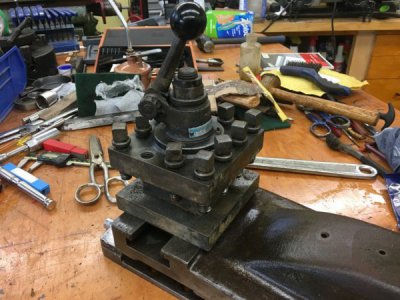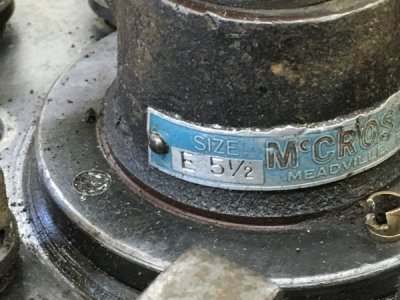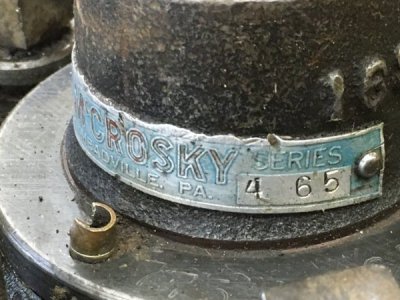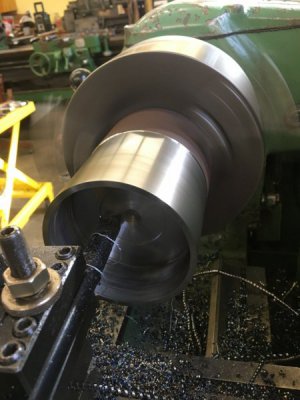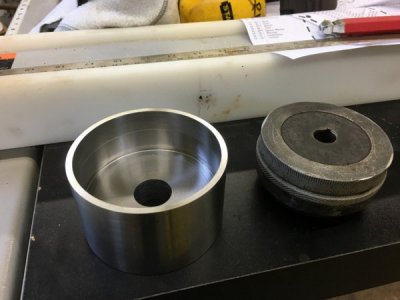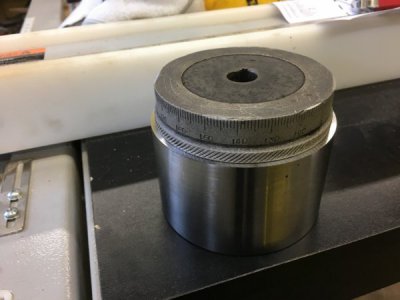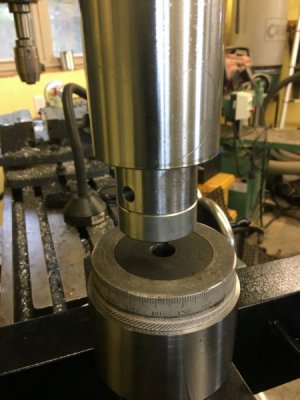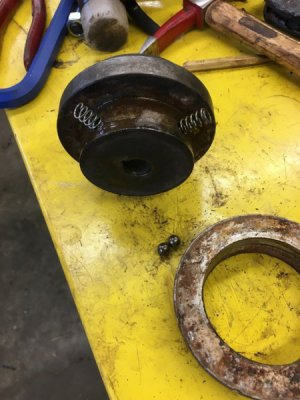- Joined
- Jul 26, 2013
- Messages
- 584
I thought so..... on my parts list, it shows the acme nut, integral to the lower half of the compound, yet, in my case, the nut is separate and bronze... keyed and bolted to the lower half. Interesting changes that took place in a short period of time.
Brian
Brian

